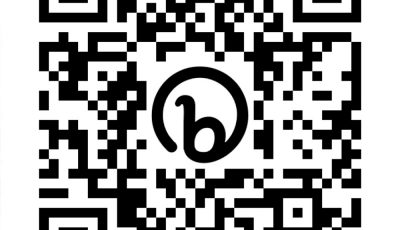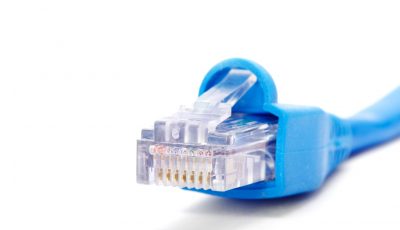Australia’s perceived role in the militarized American Pacific
Australia maintains a strong relationship with the United States. The significance of this enduring relationship is that both America and Australia have a longstanding history forged over time, in part because both nations are English speaking countries.
Why this is important for our Chamorro people of the Marianas Islands to understand is because Australian military forces frequent Guam and the northern islands for military training purposes.
Australian forces come to the Marianas to support America’s efforts to further militarize the broader Asia Pacific region, primarily in response to China’s military expansion.
How Australia’s military affairs are connected to the United States
The American-Australian partnership is almost as old as America’s control of Guam. The Australians and Americans have worked together in both 20th century world wars and in Korea, signed a security pact in 1951 to partner on military matters, fought in Vietnam together, and have remained close partners since the 9/11 attacks on the United States.
Both nations conduct extensive undersea and satellite communications, all source intelligence, early warning ballistic missile defense work, and are treaty partners on arms sales transfers that enable the Australians to make substantial weapons purchases from American defense companies. Billions of dollars represent this arrangement.
American Marine Corps forces rotate in and out of Australia where approximately 2,000 Marines descend upon Darwin to conduct bilateral and multilateral military exercises. The bilateral Force Posture Agreement is the document that [re]created the formal pathway for United States-Australian military cooperation, covering a period of approximately 25 years forward.
This agreement was crafted to further enhance interoperability at the tactical and operational level of preparing for war to respond to a variety of possible overseas contingencies.
Australia and the U.S. are also part of a four-nation network named the “Quad,” which includes India and Japan. This coalition was formed in 2004 and has grown and waned over the years.
The Quad is an arrangement of like-minded democratic nations providing public health, intelligence, military security, artificial intelligence, and diplomacy-based solutions to its members while working with other allied nations such South Korea, Vietnam, and the Five Eyes English-speaking intelligence network nations (Australia, Canada, New Zealand, the United Kingdom, and the United States) to help improve coalition partner interests.
One challenge for Australia within the context of its participation in the Quad is how does this country go about ensuring that worked performed will not create the conditions that result in the overextension of Australia’s capacity to address its core national security concerns, or unwittingly provoke the Chinese who are substantial economic trading partners?
Some challenges that will involve use of the Mariana Islands
Australia has embarked on a long-term plan to build out and strengthen its undersea weapons platforms, purchasing submarine components from the Europeans, Japan, and the United States. Australia has made the decision to grow its submarine fleet in response to the perceived need to effectively counter Chinese aggression in the undersea Blue Ocean continent environment.
This decision by the government of Australia is supported by the United States.
This bilateral relationship led by the United States is important for our ancient Chamorro people to consider and understand because a more robust Australian-American union translates into Australian submariners spending more and more time training with the United States in Guam and the Mariana Islands region.
With more bilateral undersea training comes greater use of underwater explosives, active sonar, and target practice exercises below the ocean’s waterline near Guam and throughout the Mariana Islands chain. The risks of greater harm to rare marine mammals will intensify from additional operational training activities, which could result in mass stranding, injury, and death of these blue ocean mammals.
One key challenge facing Australia and the United States is the increasing number of Chinese submarines coming into inventory at approximately 70 vessels.
What we as Pacific Islanders may want to be keenly aware of is that the total number of American submarines operationally available may drop in number over the next several years, but this may be partially offset with how many submarines are specifically assigned to the Pacific Ocean area of responsibility.
Our Pacific Islander civilization may also want to remember that Sumay, Guam and the naval submarine base located at this ancient village is of highest importance to the American imperial Navy due to its location in proximity to China. This means many things to our people and our Mariana Island chain, including the fact that it makes Sumay a choice target for China’s military community.
Concluding thoughts
The Pacific Ocean Asiatic region continues to witness and experience an arms race of historic proportions. There are no signs pointing to nation state slowdowns to further militarize the overall region. As China continues to strengthen its military might in the region, the need for other nations to do the same becomes clear, as one of several strategies to maintain some sense of balance of power.
China is the second largest economy in the world. The country’s ability to leverage its economic wealth in the realm of international relations to shape the region’s geopolitical landscape has been potent. China has been able to use the strong trade relationships it has established with Japan, South Korea, the Philippines, and other nations to extract influence that was previously not so apparent.
This reality has also affected how Australia and its government has viewed its overall relationship with the Chinese government and the United States. Our people will be well served to further understand how this and other developments will continue to directly impact our ancient insular region.



























